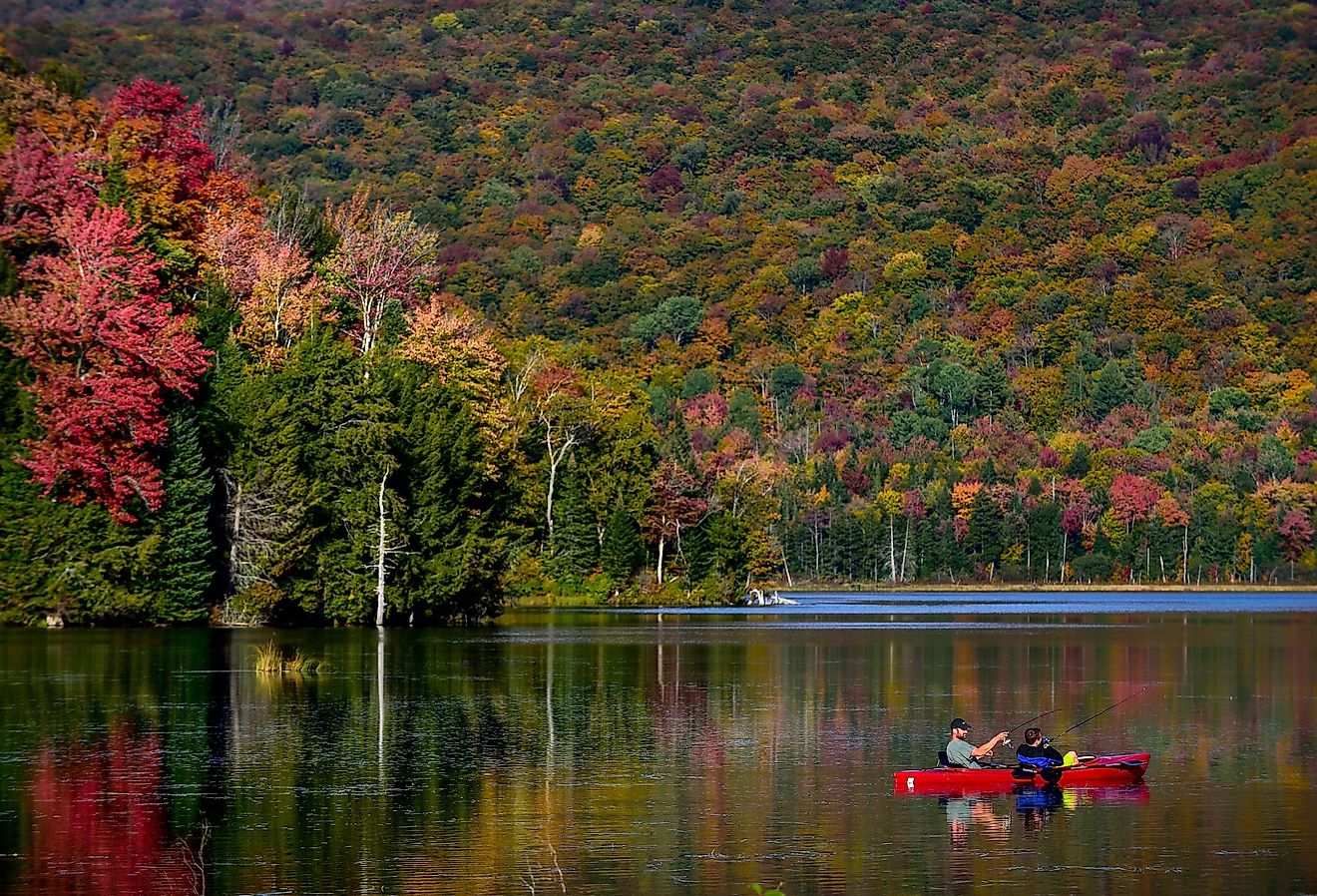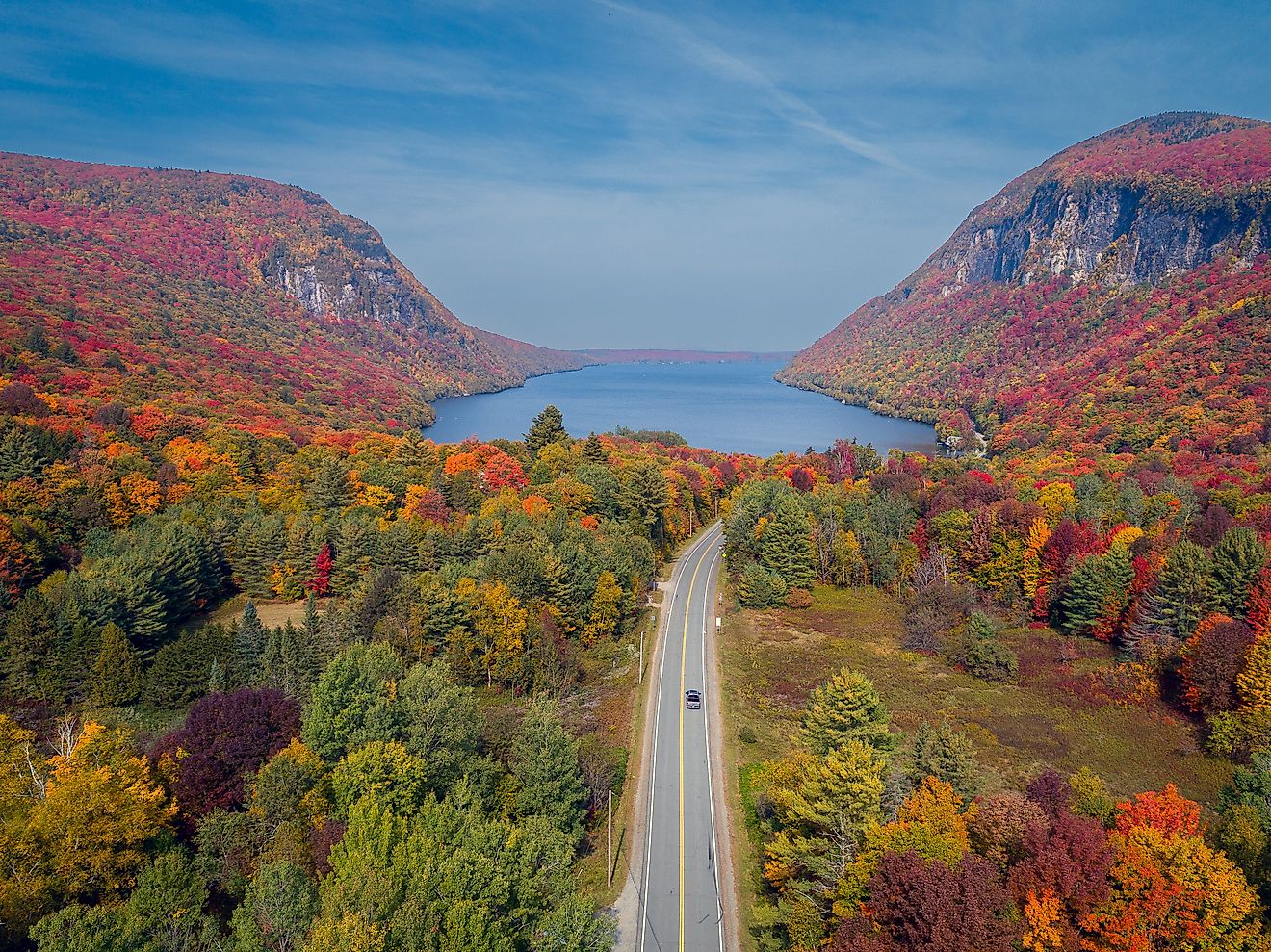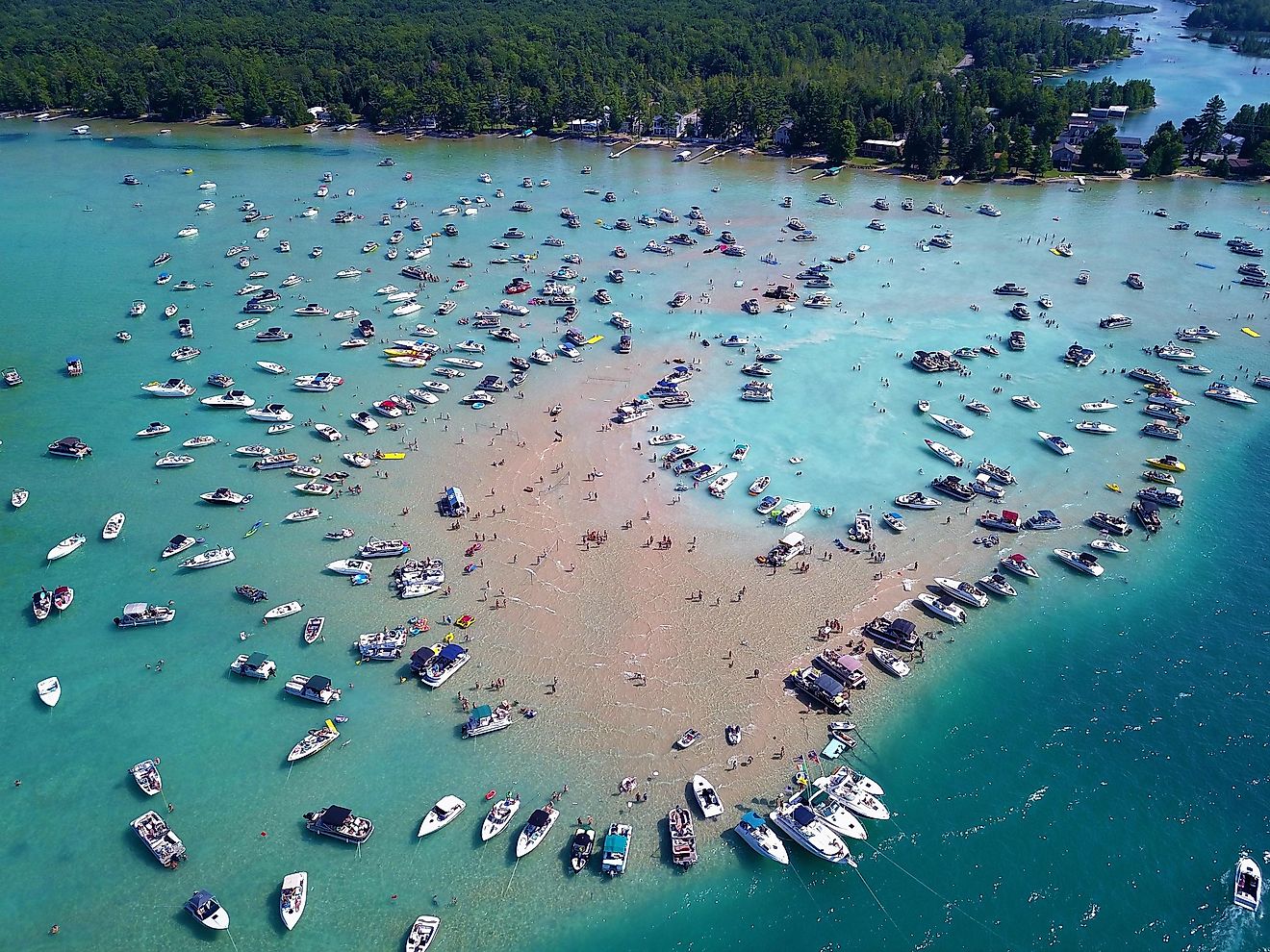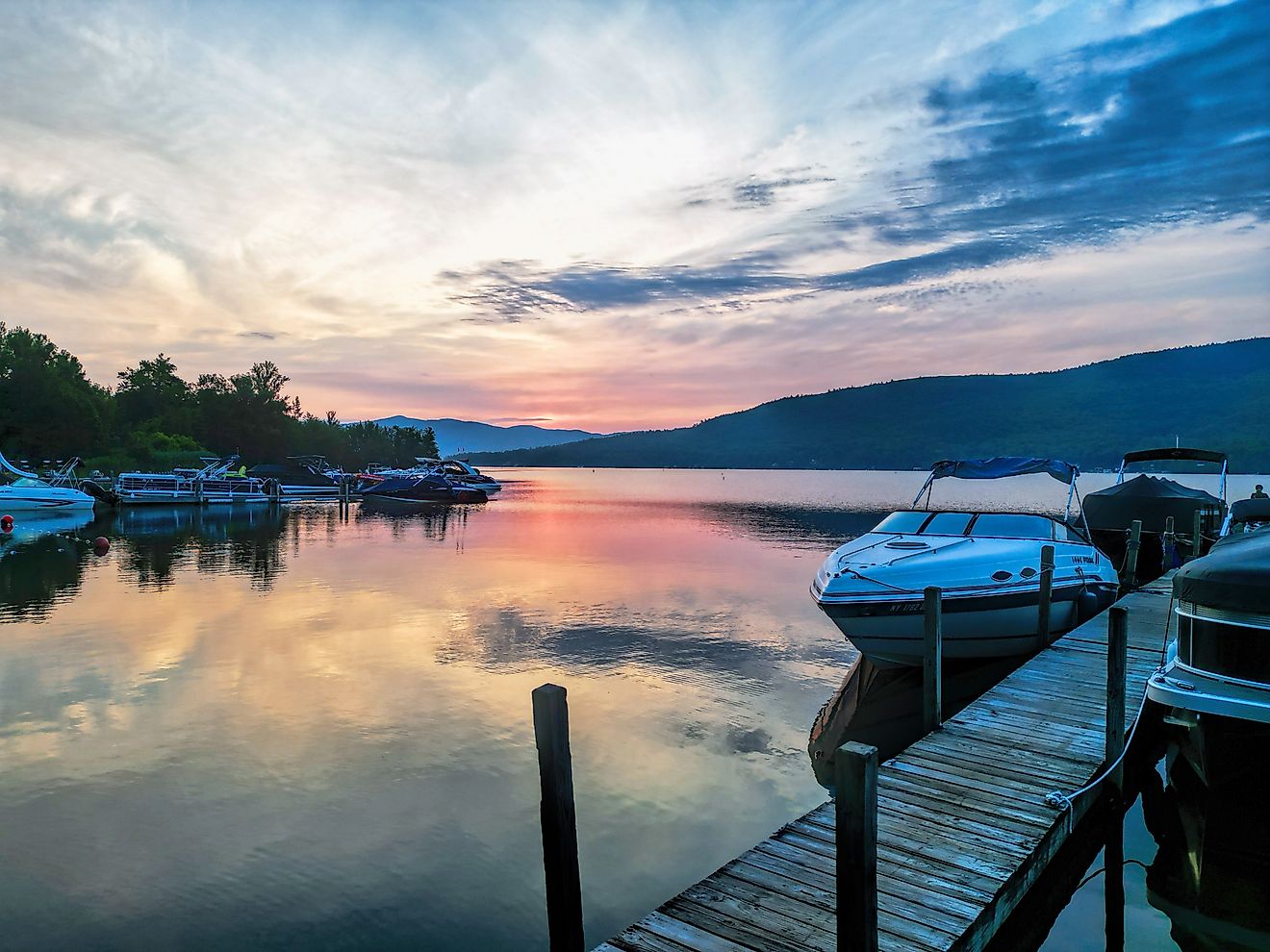Loch Ness
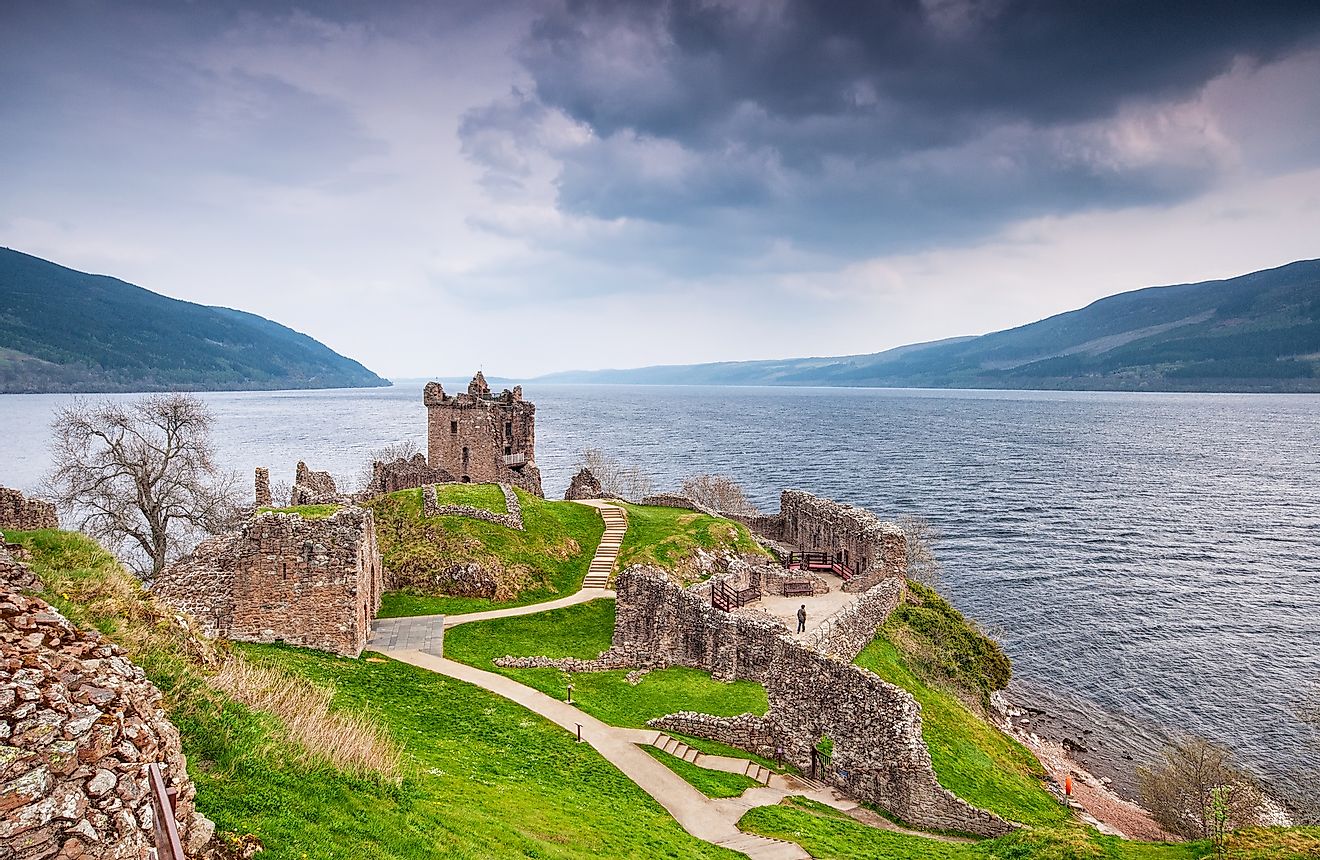
Most highly associated with the Loch Ness monster, Loch Ness is a lake in the highlands of Scotland. It is more specifically located in the Glen Mor, which sits between the highland regions. The loch is extremely long and skinny in nature, measuring 36 kilometers, or 23 miles in length. It has a maximum depth of 226.9 meters, which is 744 feet. This makes it the largest source of fresh water - by volume - within Great Britain.
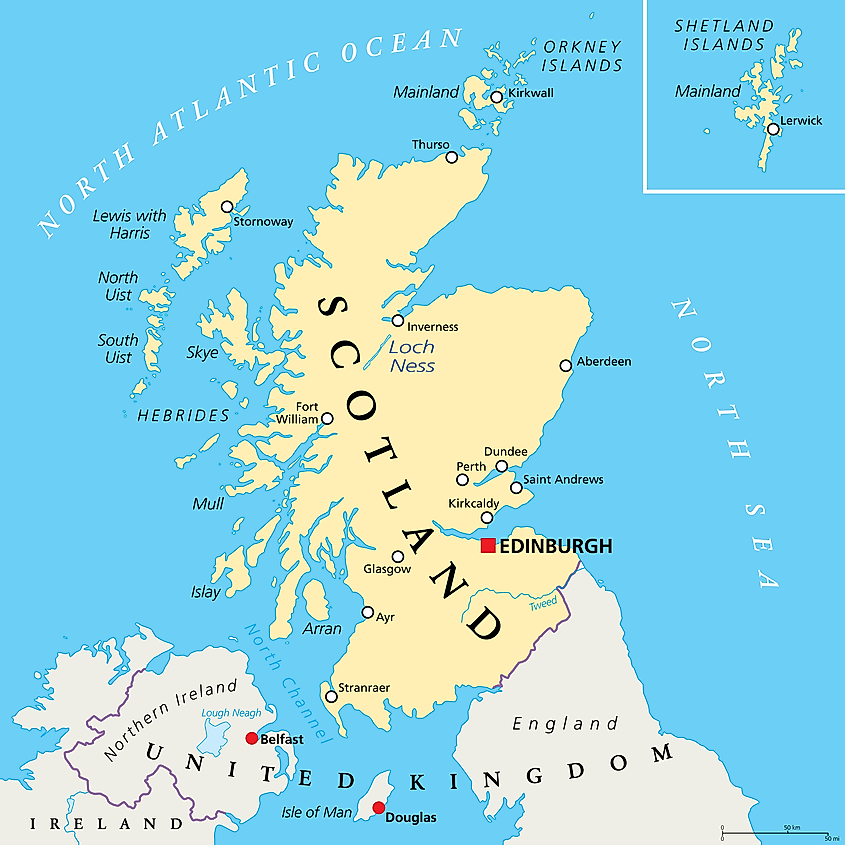
The loch is in the very north of Scotland and is fed by the River Ness. This flows into the lake from the Moray Firth, in the North Sea. The nearest city to Loch Ness is known as Inverness, which is positioned directly along the banks of the River Ness.
History
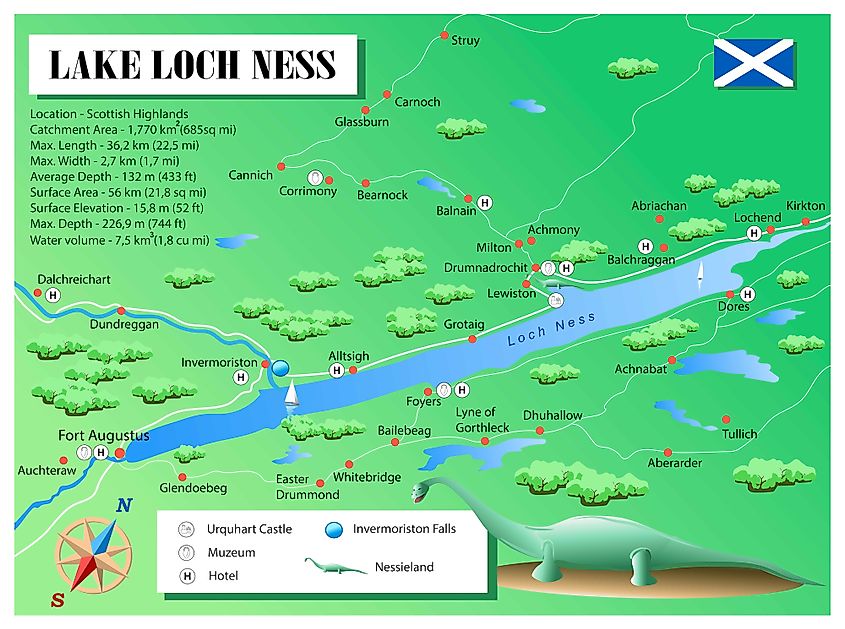
The loch has been cited as appearing in various legends and songs but was also a very real part of history. Urquhart Castle is located along the western banks of the loch. Now a ruin, it dates back to the 13th century and has origins in medieval times. It is one of the largest castles in Scotland. The castle was important during the 14th century when Scotland was fighting wars of independence. It was a royal castle for much of this time but was invaded several times. In 1509 the castle was given over to the Clan Grant, but the turmoil with the MacDonald clan of previous raids continued. 1692 saw partial destruction of the castle and grounds to deter Jacobite movements. It was not until the 20th century that the ruin became a monument under state care.
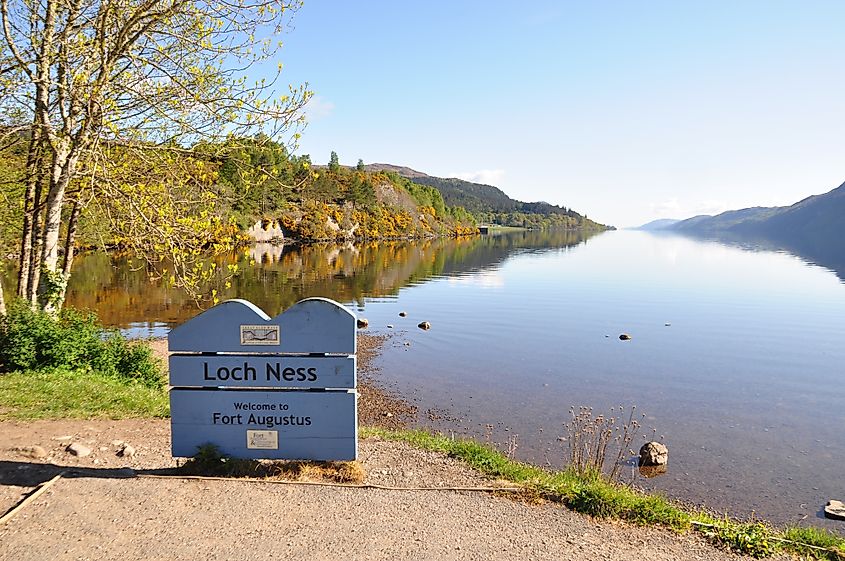
Fort Augustus is located at the south-west end of Loch Ness and is in part a small village of roughly 600 or so residents. The fort itself was built from 1729 to 1742 after the Jacobite uprising. A perish was later added, as well as a lighthouse.
Lore
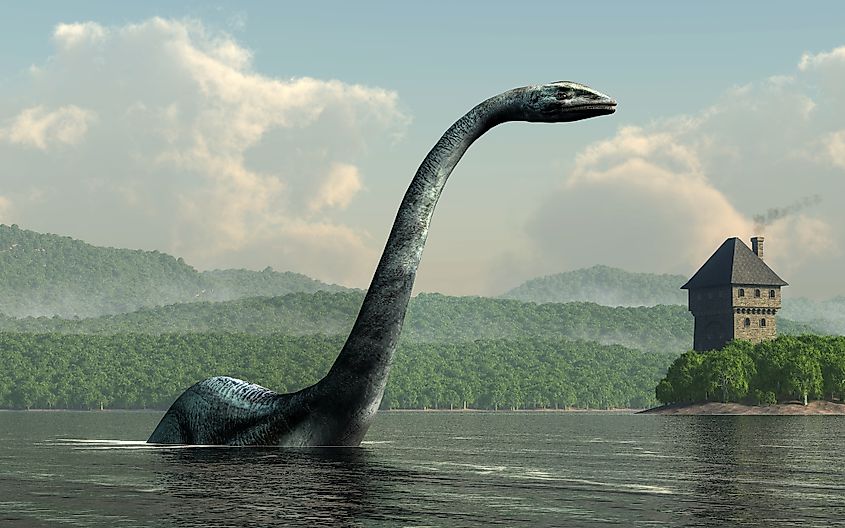
The legends surrounding Loch Ness are in many ways more famous than the lake itself. The legends and mystery of the Loch Ness monster have been connected to this deep dark lake for centuries. While no hard evidence has ever been found to prove the existence of such a creature, the lore surrounding the Loch ness monster remains strong, and heavily encouraged by tourist spots and visitors to the lake. The “monster” was first made famous in 1933, though there is some speculation of older tales which told of beasts or great whale-like creatures in the lake. The creature is usually described as having a long neck, humped back, and whale-like skin.
Landscape
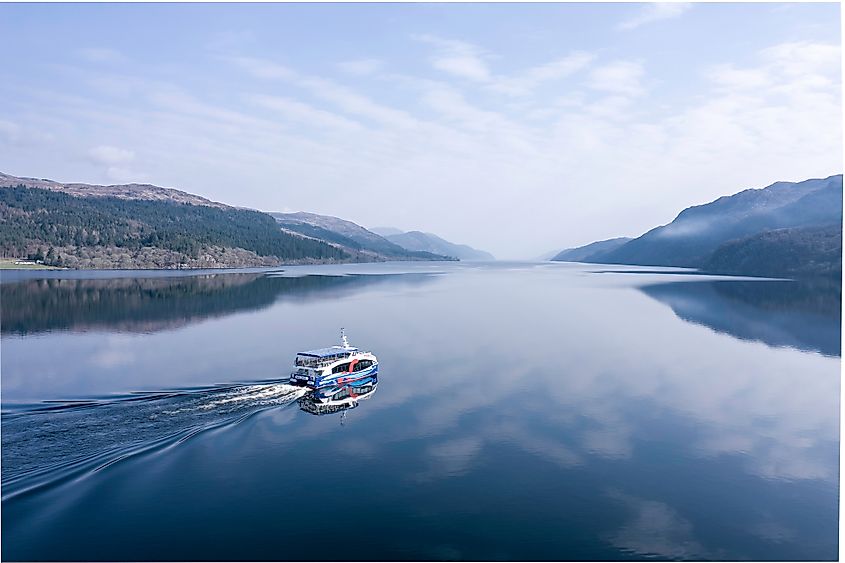
The freshwater lake of Loch Ness is in the northern part of Scotland and separates highlands on either side. It is also positioned on the Great Glen Fault, a weakness in the rocks and crust.
The water visibility for Loch Ness is very low. Not only is the area known for being foggy and misty, making it difficult to spot monsters or enemy troops, but the water itself has a high percentage of peat in it, which makes it very hard to see anything below the surface. An artificial island exists in the lake, and it is called Cherry Island.
Wildlife
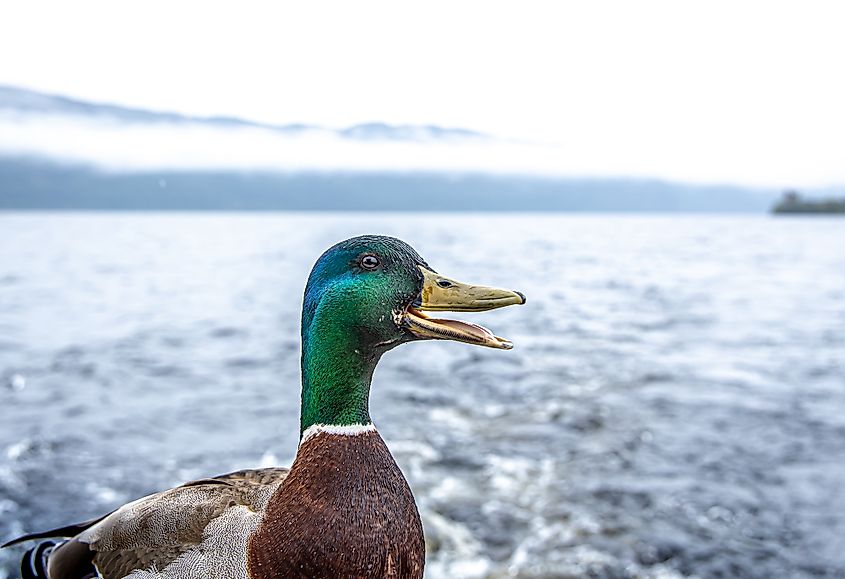
Aside from the alleged sea creatures, there are a number of fish and other animals which call this loch home. Both perch and roach are not native to the area, but have been introduced here. In terms of native fish, though, pike, sturgeon trout and salmon are all common. Some of the species found in the lake include the European eel, European sea sturgeon, the Northern pike, three-spined stickleback, sea trout, Arctic char, brown trout, Atlantic salmon, and brook lampreys. Many of those species of fish are highly sought after in terms of the fishing industry.
Eels are particularly common in the murky waters of the loch, and it is generally thought of by biologists that it is eels that are being mistaken for some prehistoric Loch Ness Monster. Other animals in the area include various birds such as osprey, golden eagles, and ptarmigan. The banks and forests in the highlands around the lake are home to creatures such as red deer,pine martens capercaillie and other fish-eating small mammals.








